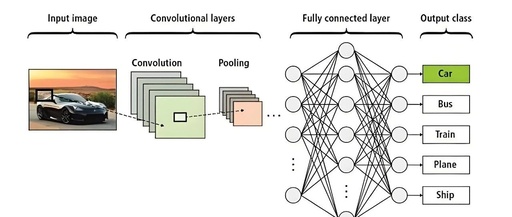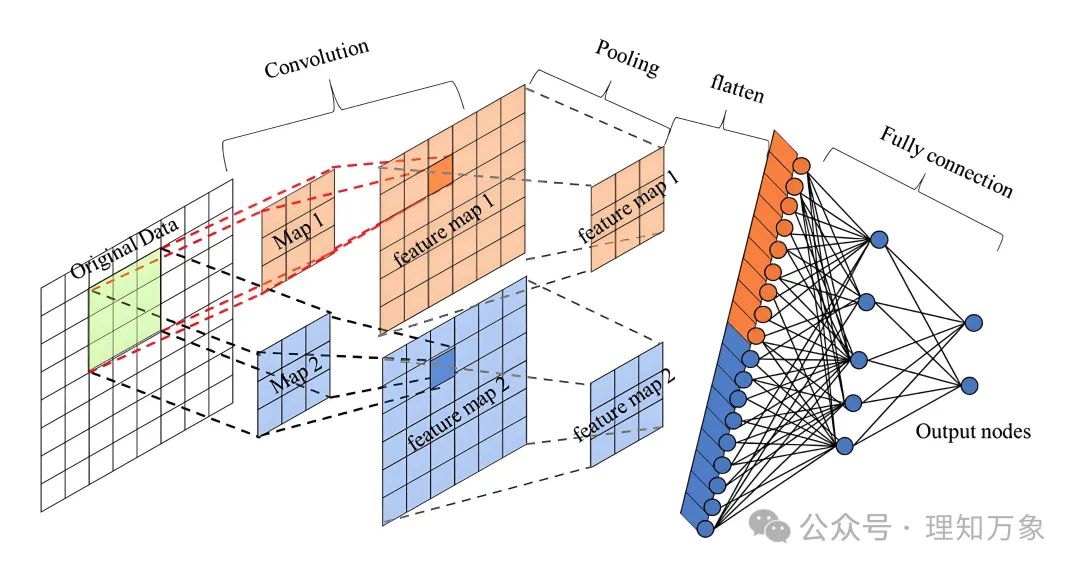
In the vast cosmos of artificial intelligence, Convolutional Neural Networks (CNN) shine like a brilliant star, leading the rapid development of computer vision, image recognition, natural language processing, and other fields. Since its inception in the 1980s, CNN has gradually become one of the core algorithms of deep learning due to its unique structure and powerful performance. This article will delve into the principles, development history, application areas, and future trends of CNN, revealing its pillar status in the field of artificial intelligence.
Principles of Convolutional Neural Networks
1. Basic Structure
Convolutional Neural Networks are a type of feedforward neural network, whose core idea is to extract local features from input data through convolution operations. The basic structure of CNN includes Convolutional Layer, Pooling Layer, and Fully Connected Layer.
-
Convolutional Layer: The convolutional layer is the core component of CNN, which extracts local features by sliding filters over the input data. The convolution operation has the characteristics of local connectivity and weight sharing, greatly reducing the number of parameters and improving computational efficiency.
-
Pooling Layer: The pooling layer is used to reduce the dimensionality of feature maps, decrease computational load, and enhance the robustness of the model. Common pooling operations include Max Pooling and Average Pooling.
-
Fully Connected Layer: The fully connected layer integrates the features extracted by the convolutional and pooling layers and outputs the final classification result.
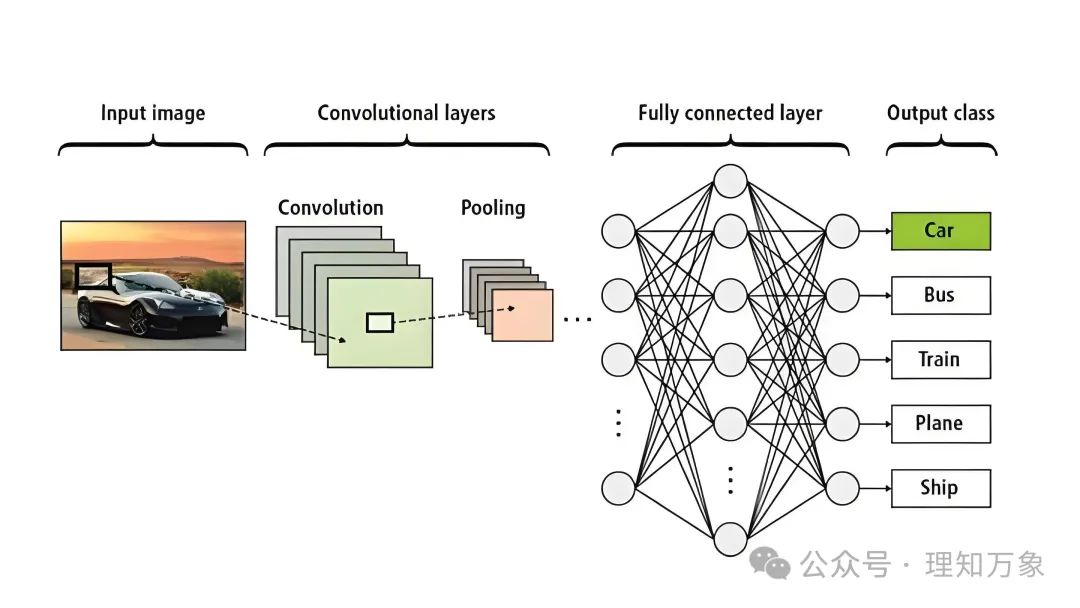
2. Activation Functions
Activation functions play an important role in CNN, with common activation functions including ReLU (Rectified Linear Unit), Sigmoid, and Tanh. Due to its simplicity and efficiency, ReLU has become the most commonly used activation function in CNN.
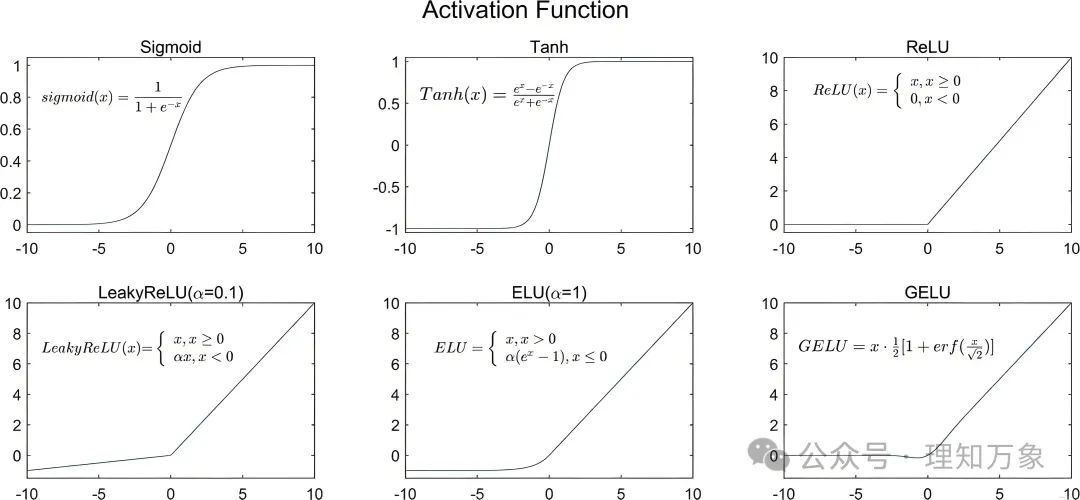
3. Loss Functions
The loss function measures the difference between the model’s predicted results and the true labels. Common loss functions include Cross-Entropy Loss and Mean Squared Error.
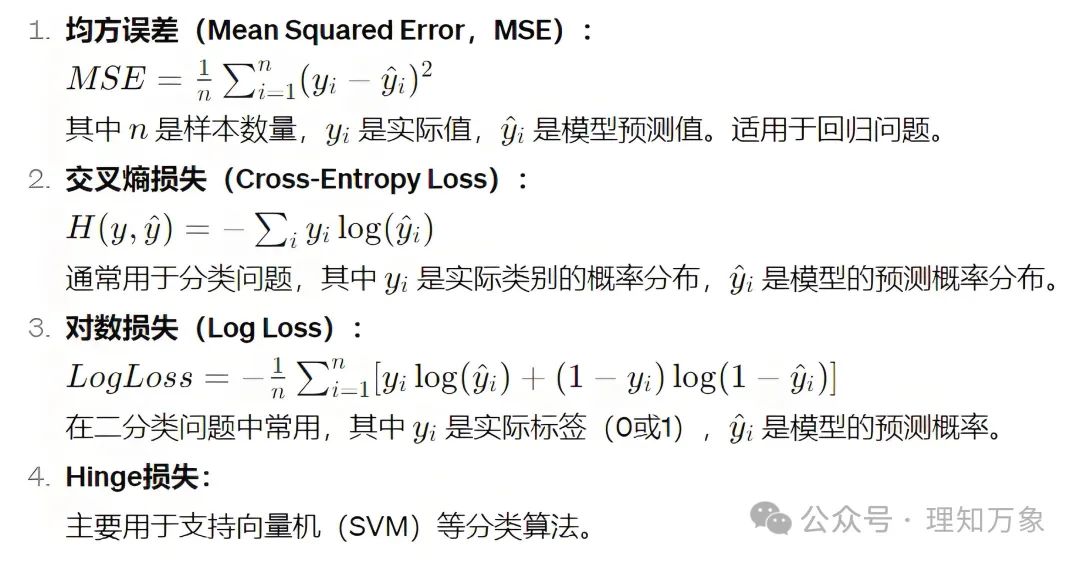
Development History of Convolutional Neural Networks
1. Early Exploration
The prototype of CNN can be traced back to the 1980s, with LeNet-5 proposed by Yann LeCun and others being the first convolutional neural network successfully applied to handwritten digit recognition. LeNet-5 has a simple structure but laid the foundation for the basic framework of CNN.
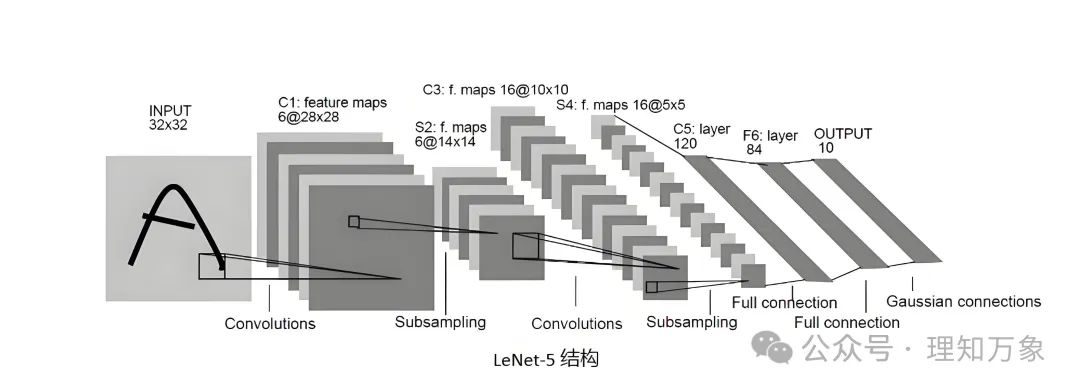
2. The Rise of Deep Learning
In 2012, Alex Krizhevsky and others proposed AlexNet, which achieved groundbreaking results in the ImageNet image recognition challenge, marking the arrival of the deep learning era. AlexNet adopted a deeper network structure, ReLU activation function, and Dropout technology, significantly improving model performance.
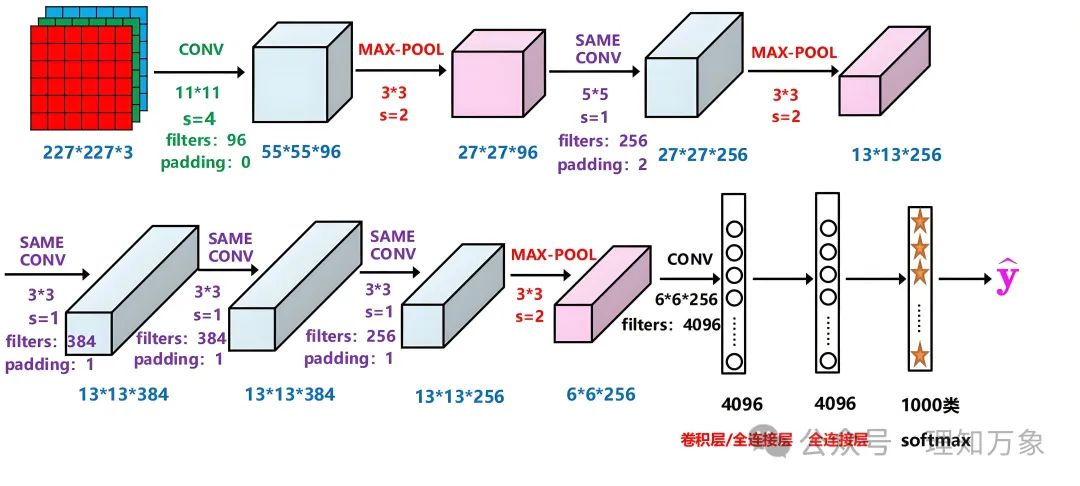
3. Evolution of Network Structures
As research progressed, the network structures of CNN continuously evolved. Networks like VGGNet, GoogLeNet, and ResNet were proposed in succession, further enhancing the depth and performance of models. In particular, ResNet introduced residual connections to solve the gradient vanishing problem in deep networks, making it possible to train ultra-deep networks.
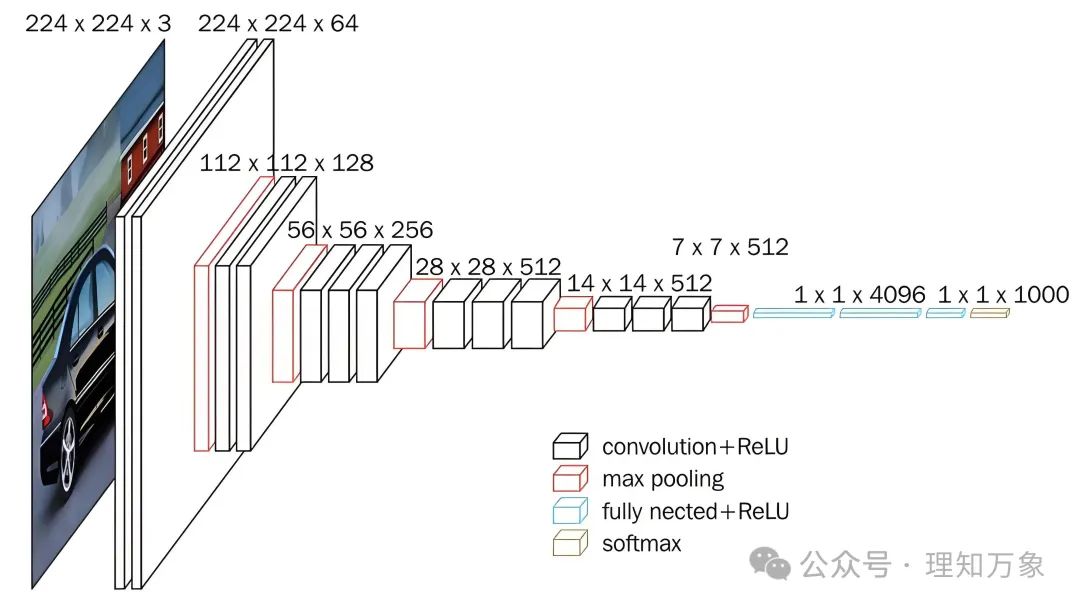
4. Lightweight and Efficient
In recent years, with the popularity of mobile and embedded devices, lightweight and efficient designs have become important directions in CNN research. Networks like MobileNet and ShuffleNet utilize techniques such as Depthwise Separable Convolution and Channel Shuffle to significantly reduce computational load and parameter count while maintaining high performance.
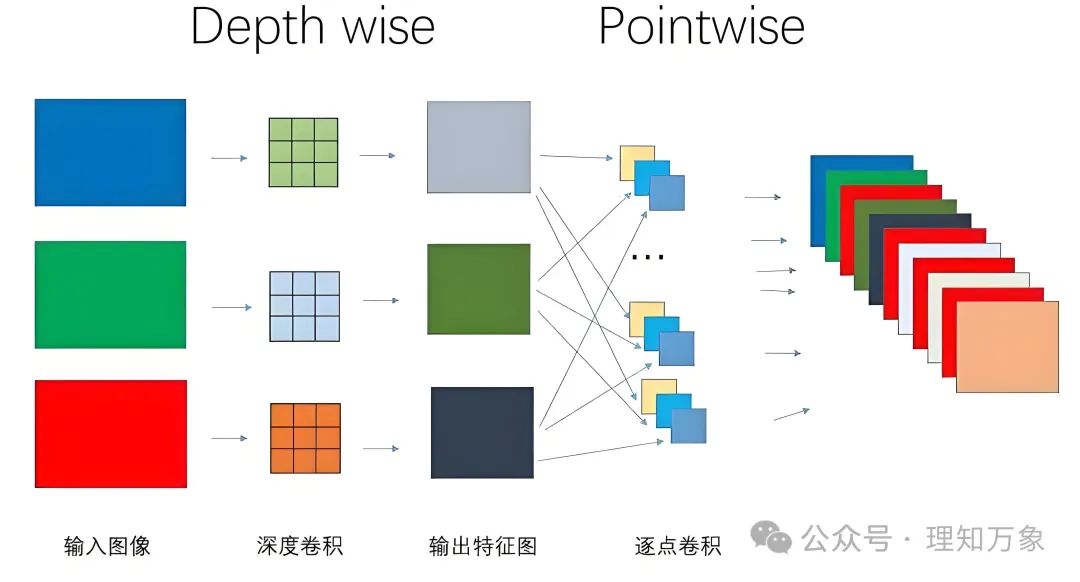
Application Areas of Convolutional Neural Networks
1. Computer Vision
CNN has achieved great success in the field of computer vision, widely used in tasks such as image classification, object detection, and semantic segmentation. For example, in autonomous driving, CNN is used to identify pedestrians, vehicles, and traffic signs on the road; in medical image analysis, CNN assists in diagnosing diseases.
2. Natural Language Processing
Although CNN was originally designed for image processing, it also performs excellently in the field of Natural Language Processing (NLP). CNN can be used for text classification, sentiment analysis, machine translation, and other tasks. By representing text as a word vector matrix, CNN can capture local features within the text.
3. Speech Recognition
CNN also plays an important role in speech recognition. By converting speech signals into spectrograms, CNN can extract features from speech for recognition and synthesis.
4. Generative Adversarial Networks
Generative Adversarial Networks (GAN) is an important model in deep learning, where the generator often adopts a CNN structure. GAN has achieved significant results in tasks such as image generation, style transfer, and super-resolution reconstruction.
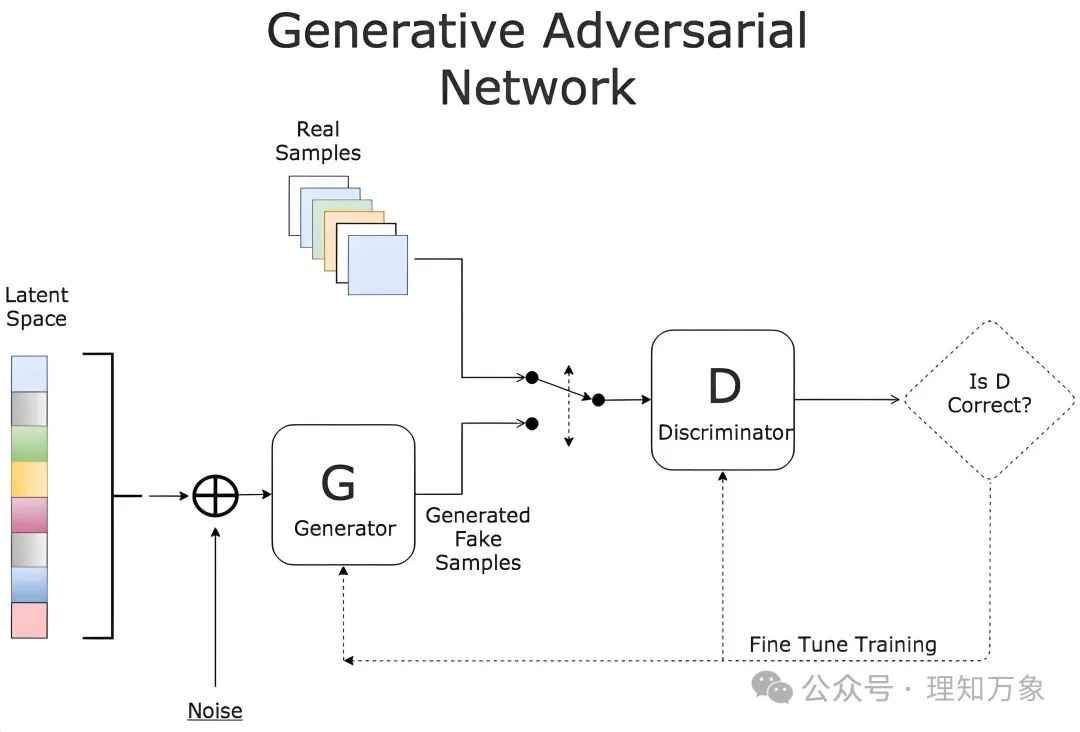
Future Trends of Convolutional Neural Networks
1. Self-Supervised Learning
Self-supervised learning is a recently emerged learning paradigm that designs pre-training tasks to train models using large amounts of unlabeled data. The application of self-supervised learning in CNN is expected to further enhance the model’s generalization ability.
2. Cross-Modal Learning
Cross-modal learning aims to jointly model data from different modalities (such as images, text, and speech). The application of CNN in cross-modal learning is expected to promote the development of multimodal artificial intelligence.
3. Federated Learning
Federated learning is a distributed machine learning framework that allows multiple parties to collaboratively train models while protecting data privacy. The application of CNN in federated learning is expected to play an important role in fields such as healthcare and finance.
4. Explainability and Transparency
As CNN is increasingly applied in critical areas, the explainability and transparency of models have become important research directions. By employing techniques such as visualization and attention mechanisms, enhancing the decision transparency of CNN can help build user trust.
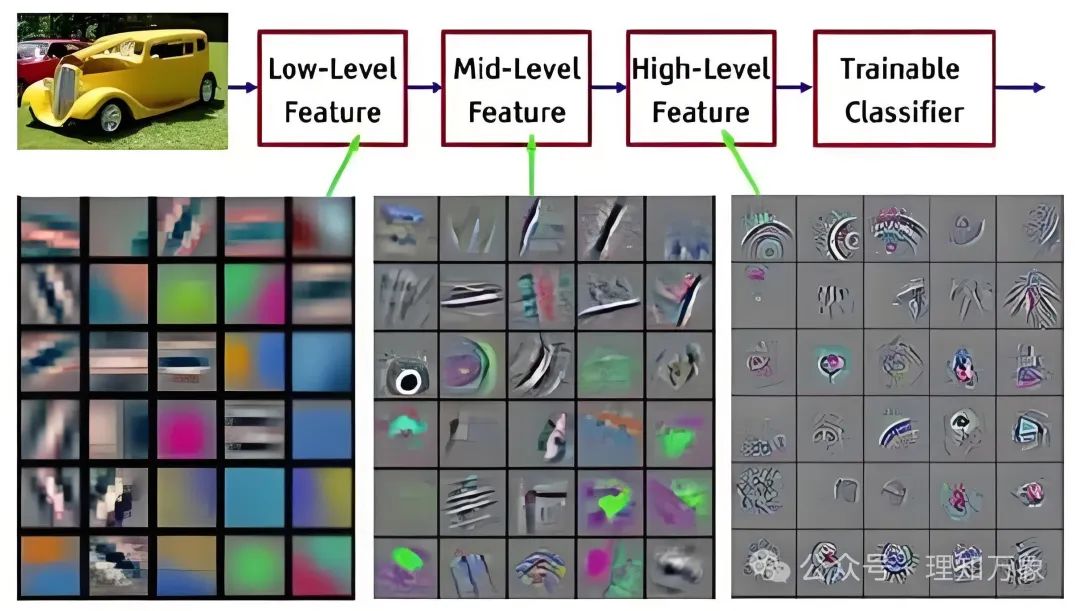
As a pillar of artificial intelligence, Convolutional Neural Networks have achieved great success in fields such as computer vision, natural language processing, and speech recognition. With ongoing research, the network structures, training methods, and application scenarios of CNN are continuously evolving, demonstrating strong vitality and broad development prospects. In the future, with the development of emerging technologies such as self-supervised learning, cross-modal learning, and federated learning, CNN is expected to play important roles in more areas, promoting the further popularization and application of artificial intelligence technology.
